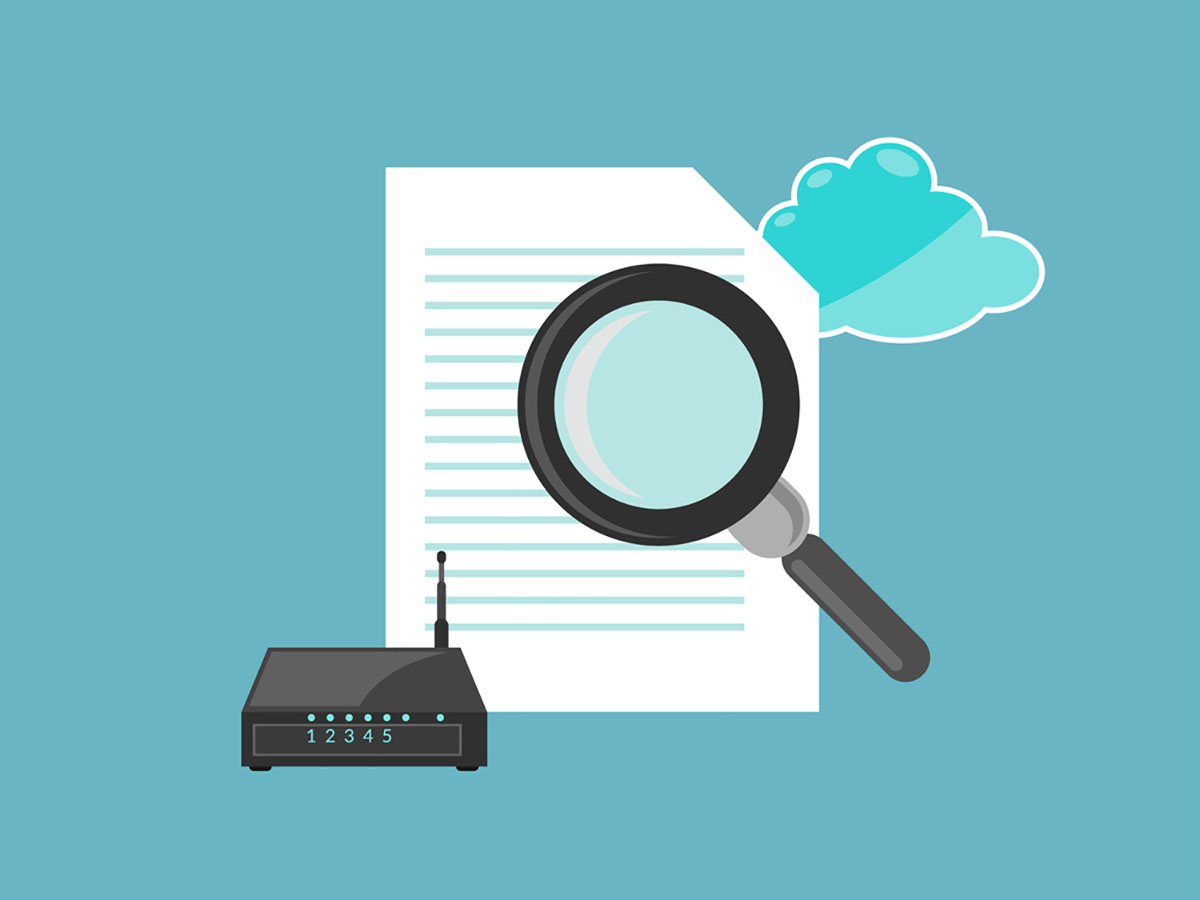An Autonomous System (AS) is a collection of connected Internet Protocol (IP) routing prefixes under one or more network operators’ control, presenting a common routing policy to the internet. In simpler terms, it’s like a district in the vast internet city, managed by the same body to follow uniform traffic rules.
Autonomous System Examples
1. Large Organizations with Multiple Internet Connections
A perfect example of an Autonomous System (AS) can be seen in sprawling, multinational corporations. Such corporations have offices spread across various locations around the globe, each with its own internet connection. Despite the multitude of connections, these networks are not managed individually. Instead, they are bundled together and managed as a single entity, the AS, which presents to the Internet a unified set of routing policies.

Stay One Step Ahead of Cyber Threats
For instance, a corporation like Google, which has data centers and offices worldwide, operates under a single AS. Through this setup, all traffic, whether it originates from an office in New York or a data center in Ireland, adheres to the same set of internet traffic rules. This streamlined approach ensures consistency, facilitates communication, and helps maintain security across the entire organization.
2. Internet Service Providers (ISPs)
Internet Service Providers (ISPs) serve as another excellent example of Autonomous Systems. ISPs supply internet connections to homes, businesses, and establishments within a certain geographical area. All these connections, in spite of being separate, are managed within a single Autonomous System.
For instance, consider a major ISP like Comcast or Verizon. When they provide your home with an internet connection, your connection is only one of many connected to their network. Regardless of how many separate internet connections they provide, each falls under the umbrella of their single AS. By following a consistent set of routing rules defined by the AS, they ensure reliable and efficient internet services to their customers.
3. Universities and Educational Institutions
Universities and other large educational institutions often operate as an Autonomous System. These institutions typically have multiple IP networks spread across different campuses or locations. All these separate internet connections are collectively managed under a single Autonomous System.
Take, for example, a large university like Harvard. It has various campus networks – from libraries to administrative buildings to student dormitories. Even though there are multiple independent networks, they are all managed under one AS. This allows them all to follow a common routing policy, ensuring the internet traffic follows the same rules across the entire institution.
Conclusion
In essence, an Autonomous System (AS) plays a crucial role in the organized management of the internet by centralizing the control of multiple connected IPs under one single entity. From multinational corporations and ISPs to universities, AS ensures consistent routing rules, streamlined communication, and is an integral part of our daily internet usage.
Key Takeaways
- An Autonomous System (AS) is a collection of connected Internet Protocol (IP) routing prefixes under the control of one or more network operators.
- AS presents a common routing policy to the internet, which ensures consistency, security and clear communication.
- Large organizations, ISPs and educational institutions often operate within their own AS.
- AS is a crucial component in managing large scale internet traffic and contributes to the overall organization of the internet.
Related Questions
1. Why is an Autonomous System necessary?
An Autonomous System is necessary because it helps in managing large scale internet operations. By pooling many connected IPs under a single entity following a common routing policy, it ensures streamlined, secure, and efficient internet traffic flow.
2. Are there any numbering systems involved in Autonomous Systems?
Yes, each Autonomous System is assigned a unique number known as an Autonomous System Number (ASN). It allows for the identification of each AS and helps in global internet operations.
3. Is the concept of Autonomous Systems only applicable in large organizations?
No, the concept of Autonomous Systems isn’t only applicable to large organizations. Even smaller network operators that need a specific routing policy, separate from their ISP, may have their own AS.
4. Can there be multiple Autonomous Systems within a single organization?
While it’s typically one AS per organization, larger, global organizations may operate with multiple AS to manage distinct networks that require different routing policies.
5. How does an Autonomous System affect internet users?
For most internet users, the operations of an AS are behind-the-scenes. However, the existence of AS plays a part in ensuring consistent, secure, and efficient internet for users everywhere.
"Amateurs hack systems, professionals hack people."
-- Bruce Schneier, a renown computer security professional






